Purchasing a home is a significant investment in many people's lives that comes with lots of careful consideration. This is because there are several factors that go into it, such as selecting a home loan, and the life of the loan as well as the loan amount are one of the most critical things to consider. Thirty-year mortgages have become the norm over the years, but what if you need a lower monthly payment, or more money to set aside for emergencies or other investments? That's where a 40-year mortgage comes into play.
Key Takeaway
While a longer mortgage term may be ideal for some borrowers, it's important to consider the drawbacks and whether it's truly a good fit for their financial situation. Additionally, not all lenders may offer 40 year mortgages, so borrowers may need to research and compare different options before making a decision. Overall, the availability of a 40-year mortgage provides an alternative option to traditional 30-year mortgages and can be better in the long run depending on your situation, but it's ultimately essential to weigh the pros and cons before deciding on and committing to such a long-term financial commitment.
What is a 40-year mortgage and how does it work?
A 40-year mortgage is a home loan that has payments spread out over 40 years rather than the traditional 30 years. This type of mortgage lowers monthly payments by stretching them over a more extended period. This type of loan effectively expands the life of the mortgage, leading to a higher overall interest rate and payments. However, homeowners can enjoy lower monthly payments by choosing a 40-year mortgage.
Pros and cons of a 40-year mortgage
There are pros and cons to taking out a 40-year mortgage. Pros can include lower monthly payments, which may be more manageable for homeowners with limited income. Cons include a higher interest rate over the life of the mortgage, which means that the homeowner will pay more interest. Additionally, the home's total price may be higher because the loan is spread out over a more extended period. Finally, homeowners may have difficulty building equity in their homes because they are only paying a small amount of the principal each month.
How does a 40-year mortgage differ from a 30-year mortgage?
The biggest difference between 40-year and 30-year mortgages is the loan term. The life of a 40-year mortgage is ten years longer than a 30-year mortgage. This difference leads to higher interest rates over the loan's life, as the bank holds the investment for longer. However, it also means lower monthly payments for homeowners.
Interest rates for a 40-year mortgage
Interest rates for a 40-year mortgage may be higher than interest rates for a traditional 30-year mortgage. This is because the bank is taking on more risk by lending for a more extended period. The risk may also be reflected in higher closing costs. However, it's essential to shop around and find the best interest rates and terms.
Do all lenders offer a 40-year mortgage?
No, not all lenders offer this type of mortgage. However, several lenders offer a 40-year loan, including banks and other financial institutions. It's crucial to research and compare what each lender offers before making a decision.
How to use a mortgage calculator for a 40-year mortgage and compare mortgage rates
Mortgage calculators are an excellent tool for estimating monthly payments. With a 40-year mortgage calculator, homeowners can determine what their monthly mortgage payment will be for this type of loan. Calculators are available online and can help people decide if this type of loan is right for them. These calculators can also help you compare 40-year mortgage rates while researching different lenders. These calculators allow borrowers to enter their information and get an estimated interest rate and monthly payment. It's also important to request loan estimates from several lenders to compare costs and loan options.
Can FHA offer a 40-year loan?
Yes, FHA lenders offer a 40-year mortgage option. FHA loans cater to individuals and families who may not have the down payment required for conventional loans. However, it's essential to be aware that this type of loan may have higher interest rates.
How does a 40-year FHA mortgage work?
A 40-year FHA mortgage works similarly to a traditional 40-year mortgage, with the added benefit of borrowers having the chance to qualify with a lower down payment. FHA loans are insured by the Federal Housing Administration, which means that the government guarantees the loan. This backing makes it easier for borrowers to get approved.
Alternatives to a 40-year mortgage
Homeowners who are looking for a lower monthly payment may want to consider alternatives to a 40-year mortgage. For example, a 30-year loan with a lower interest rate may be a better choice. Additionally, people may want to consider other types of loans, such as adjustable-rate mortgages, which can have lower rates initially.How to modify a 40-year mortgage to a shorter term
Homeowners who have a 40-year mortgage and want to switch to a shorter term for a better interest rate can try loan modification. Loan modification incorporates new terms into the original mortgage, with a goal of creating a lower monthly payment and interest rate. It's essential to talk with a mortgage lender to determine what options are available.
What to consider before getting a 40-year mortgage
Before taking out a 40-year mortgage, individuals should carefully consider their financial position. They should have a clear understanding of how long they plan on staying in the house and be sure that it's an affordable option. Additionally, they should consider their long-term financial goals, such as retirement.
How to qualify for a 40-year mortgage
To qualify for a 40-year mortgage, individuals must meet the lender's requirements, such as having a good credit score and debt-to-income ratio. The lender will also look at the individual's employment history, income stability, and any other factors that may influence their ability to pay off the loan.
Factors to consider when choosing a lender for a 40-year mortgage
When choosing a lender, it's important to consider several factors, such as the interest rate, closing costs, reputation, and customer service. Additionally, individuals may want to consider working with a mortgage broker, who can help them find the best interest rate and terms.
Can a borrower with bad credit get a 40-year mortgage?
Poor credit may make it more difficult to get approved for a 40-year mortgage, but it's not impossible. Borrowers with bad credit will likely have to pay a higher interest rate and may need to put down a more substantial down payment. Additionally, they may want to consider working with a mortgage broker, who can help them find lenders that are more likely to approve their loan.
The Bottom Line
In conclusion, a 40-year mortgage may be an excellent option for homeowners looking for lower monthly payments. However, it's essential to consider the long-term cost of the loan and determine whether a 30-year mortgage or other type of loan may be a better choice. It's important to shop around and compare lenders to get the best interest rate and terms for a 40-year mortgage.



















